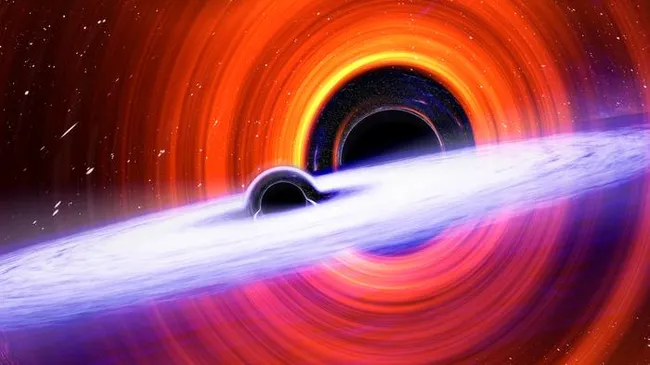Scientists “heard” a symphony of two newborn black holes, each created by the collision and merger of its parent black hole. In fact, one of these collisions was the first of its kind.
The detection of the baby black holes and information about the four parent black holes they created came from ripples in spacetime, or gravitational waves, caused by the violent cosmic events that gave birth to them. These waves were recorded by the gravitational wave detectors LIGO (Laser Interferometer Gravitational-Wave Observatory), VIRGO and KAGRA (Kamioka Gravitational-Wave Detector).
The LIGO-Virgo-KAGRA collaboration detected the first merger, called GW241011, on October 11, 2024. The merger occurred when a black hole about 17 times the mass of the Sun collided with its companion black hole, which is about seven times the mass of our star. The event was calculated to have occurred about 700 million light-years from Earth. Decoding the resulting gravitational wave signal revealed several things: the mass of the black holes involved and the bulk of the pair are among the fastest-rotating black holes ever observed.
Less than a month after this groundbreaking discovery, on November 11, 2024, gravitational wave instruments “heard” the cry of a newborn black hole, which had a violent collision with its progenitor. The signal, called GW241110, originated from a collision between black holes 16 to eight times the mass of the Sun and occurred about 2.4 billion light-years away. The signal indicated that one of the black holes involved was rotating in the opposite direction of its orbit around the other, marking the first time that binary black holes have been observed to merge.
“Each new discovery provides significant insights into the universe and reminds us that every observed merger is an astronomical discovery and an invaluable laboratory for investigating the fundamental laws of physics,” said Karl-Johann Haster, assistant professor of astronomy at the University of Nevada, Las Vegas (UNLV), in a statement. “Previous observations have predicted these types of binary systems, but this is the first direct evidence of their existence.”
Both events point to the existence of so-called second-generation black holes.
“GW241011 and GW241110 are the most recent of hundreds of events observed by the LIGO-Virgo-KAGRA network,” said Stephen Fairhurst, a spokesman for the LIGO collaboration and a professor at Cardiff University, in a statement. “Both events involve one black hole that is significantly more massive and spinning faster than the other, providing strong evidence that these black holes were formed from the merger of previous black holes.”


Leave a Reply